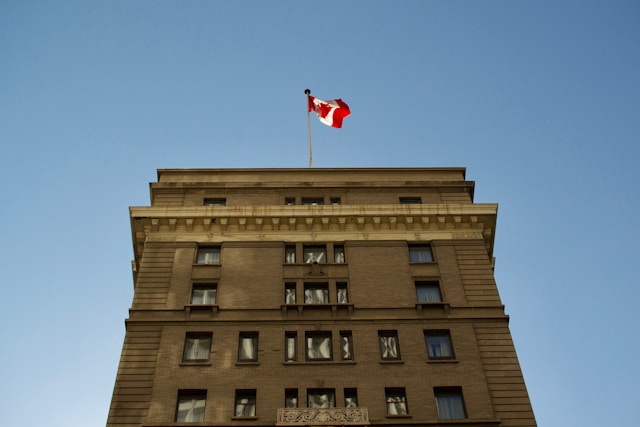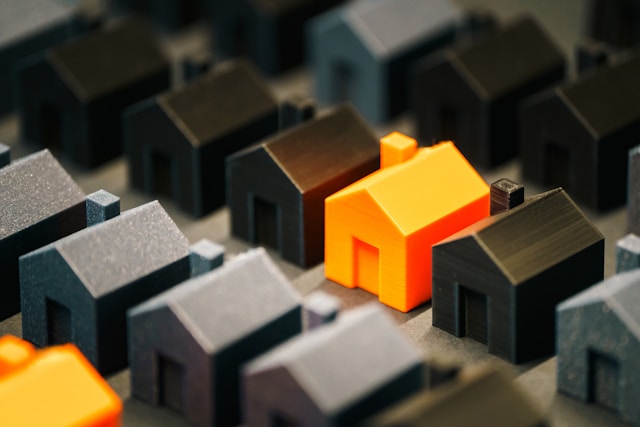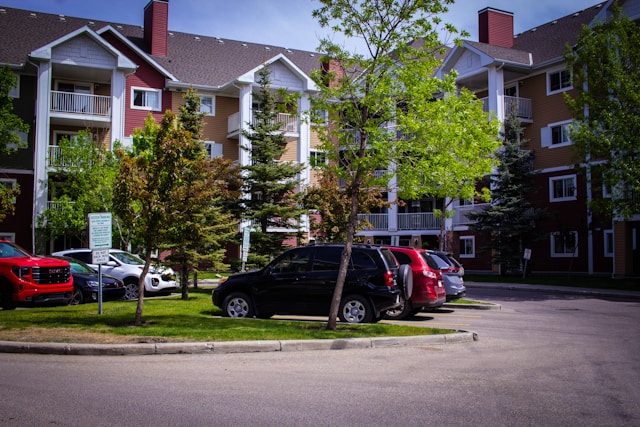Landlords, other than the repair and maintenance request calls you may receive from your tenants, should you be visiting your property?
General inspections are just that – general. This type of inspection is not prompted by the tenant through a repair or maintenance request after inspection, rather it’s a healthy practice for landlords or property managers to do annually to touch base with tenants and get an overview of the condition of the rental property.
Here is a simple guide for landlords to follow for general inspections.
Annual General Inspections
We recommend conducting a general annual property inspection from the date of the move-in inspection. This will help landlords keep track of when the annual inspection is due by going by the 12-month mark of the lease agreement. If you are new to general inspections and want to conduct one sooner or later, we recommend having a tracker or system to signal you when the next inspection is due the following year, especially if you have more than one rental property.
he best practice to conduct the general inspection is to record notes in an organized fashion during the visit. Landlords can use a checklist or notepad to document the inspection outcome for each room, from exterior to interior. Another better option is when your property is under property management companies or property managers‘ hands to use all the services they provide to manage the property inspection process to make it smooth and professional every time taking care of the property maintenance and repair process as well.
There are inspection report apps that are designed for property inspections, which in this case, you will need to bring your phone or an ipad during the visit. Depending on the person, apps can be a simpler option to use as you can save the digital copy and it’s quicker to type out notes than writing on a notepad as you walk through the property.
Move-in Inspections
The best time to do a thorough move-in inspection with your new tenants would be on the same day you meet with the tenants and provide them with the keys on the first day of the tenancy.
We highly recommend that landlords walk through the entire property with the tenants to ensure that everyone is on the same page with the condition of the property at the start of the lease. It’s best to also encourage your tenants to thoroughly walk through the property themselves to examine all doors, windows, appliances, plumbing and electrical fixtures. This way, they can address any questions they may have for you during this meeting.
PRO-TIP: To save you from any potential conflicts during the tenants time at your property, we suggest that landlords take photos of all rooms and important items such as appliances, windows, doors, floors, walls, bathroom pieces, etc., before the tenants move-in. This will give you a record of the condition before the tenants took tenancy and a visual record is always better than a written record.
Move-out Inspection
Move-out property inspections are conducted on the last day of the tenancy or when the tenant is fully moved out of the property and is ready to hand over the keys. This inspection should also be done with the tenant there. During the inspection, landlords can address any discrepancies they see from what was agreed upon in the initial tenancy agreement. For example, a missing microwave that came with the lease, an obvious damage that was not brought up to your attention, etc.
In the case that landlords notice discrepancies during the move-out property inspection that they would like to address to the tenant, here are some actionable and efficient steps to take to ensure it’s fair for both parties:
- Document the property damage, take notes and photos.
- Compare your notes and photos to the move-in inspection report
- Review your lease agreement for guidance on damage/repair procedures
- If the tenant caused the damage then the tenant is responsible for the repair. Discuss with the tenant your findings in detail through written communication and provide the tenant with an estimated cost of repair. At this point, the goal is to reach an agreement with the tenant. If no agreement is reached, we suggest getting guidance from a paralegal with this matter.
It’s important for landlords to be consistent with inspections and record the condition of each room in detail to protect their property and help with potential misunderstandings or disagreements with their tenants. These inspections benefit the tenants as well as landlords may also forget how the property looked before handing over the keys to the tenants, especially if they have more than one rental property.
If you or a landlord you know require guidance on managing a rental property, feel free to reach out to our team and we would be happy to share more tips and strategies!





